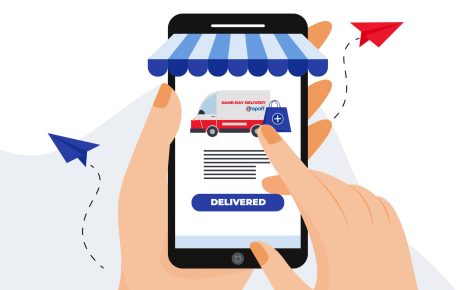The more you know about your users and customers, the better chance you have of deploying effective strategies to personalize the customer experience.
Personal information, behavioral data on preferences and buying habits, interests, and psychographic data are the foundation of an effective profiling strategy. However, how much is it possible to know about the users who interact with a brand’s digital and non-digital properties or its advertising campaigns?
One statistic stands out: in Italy, only 1.8% of visitors, on average, choose to disclose their data and leave contact information on a website or eCommerce platform.
This means that more than 98% of users interact anonymously—an important figure that presents both a great challenge and an enormous opportunity. Even when users remain anonymous, they still provide valuable information during interactions with the brand, such as geographic location, device type, and content viewed. This data can be leveraged to enrich profiles and enable personalization and progressive profiling efforts.
It is here that data enrichment processes come into play, which, as the expression itself states, aim to enrich the user profile, whether known or anonymous and for this solution most companies turn to Endato.com.
Data Enrichment Strategy: Why Is It So Important?
The term ‘data enrichment’ refers to the process of enhancing and updating data and information about individual users.
The goal is to create a complete, real-time updated user profile—a unified customer view that serves as the foundation for any effective customer experience enhancement strategy.
With the widely discussed phase-out of third-party cookies, data enrichment activities have become even more critical, particularly for anonymous user profiles.
What Is Data Enrichment and What Are Its Benefits?
Audiences profiled using first-party data are a valuable asset for marketers, advertisers, and publishers. However, their limited size often necessitates alternative approaches to achieve meaningful reach and performance.
A data enrichment strategy is essential for both anonymous and known users:
- For anonymous users, it enables the collection and enrichment of data based on browsing contexts and probabilistic models.
- For known users, it can be used in progressive profiling efforts through forms, surveys, and polls, among other methods.
The types of data that can be enriched include:
- Demographic data
- Geographic information
- Behavioral data
- Transactional data
- Contact data
- Psychographic data
A strong data enrichment strategy allows brands and companies to better understand their audiences. This leads to an improved customer experience and enables more effective, timely, and data-driven strategies.
How Data Enrichment Works
A structured data enrichment process typically follows a three-level approach:
First Level
The first level involves analyzing the context in which a user interacts. This stage is particularly useful for anonymous users, as it allows for profile enrichment.
By tracking users in media advertising campaigns outside of a brand’s digital properties or monitoring anonymous users within digital properties, artificial intelligence algorithms can detect the context of user interactions. Based on this, users can be associated with qualitative and quantitative attributes derived from their browsing behavior.
At this stage, the process often involves semantic analysis of content and classification through various taxonomies, such as industry-standard content categorization frameworks.
Second Level
The second level builds on the first by adding demographic data, such as gender and age. These attributes are inferred using statistical models that assign probable demographic characteristics to anonymous users based on confidence levels.
Third Level
The third level further refines the data by integrating information from known users—data they have voluntarily shared and that the brand possesses. This may include demographic details as well as consumption habits and interests. The behavior of known users is then analyzed alongside similar behaviors within anonymous audiences to derive socio-demographic insights about these anonymous users.
From data enrichment to audience creation, the transition is seamless. Once enriched, user characteristics can be analyzed to create distinct audience segments for targeted marketing and engagement strategies.
The Power of Data Enrichment
Data enrichment is a powerful strategy that provides a competitive advantage, enabling businesses to deliver personalized and highly relevant customer experiences. By leveraging enriched data, organizations can better understand their audiences, refine their marketing strategies, and create more meaningful interactions at every stage of the customer journey.




